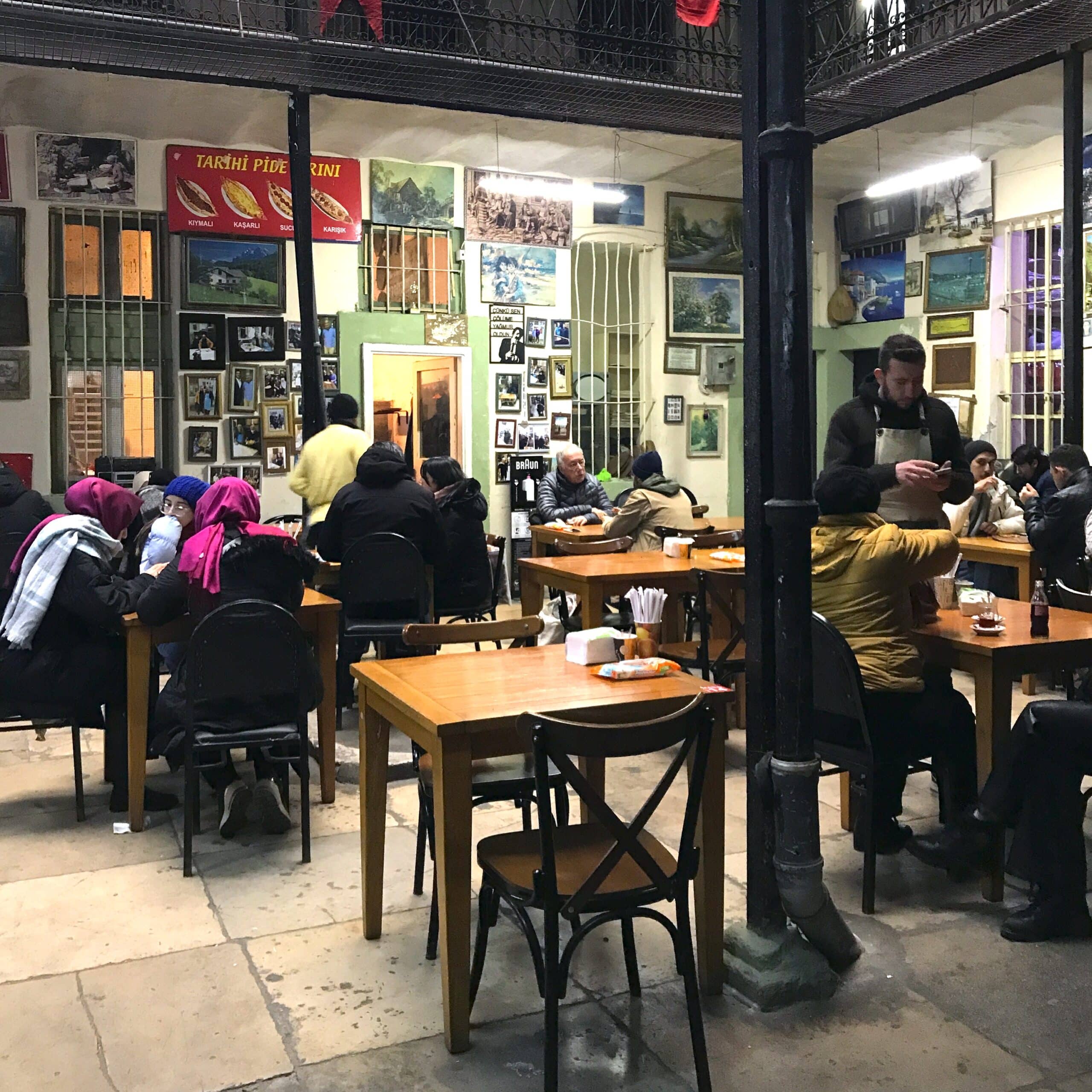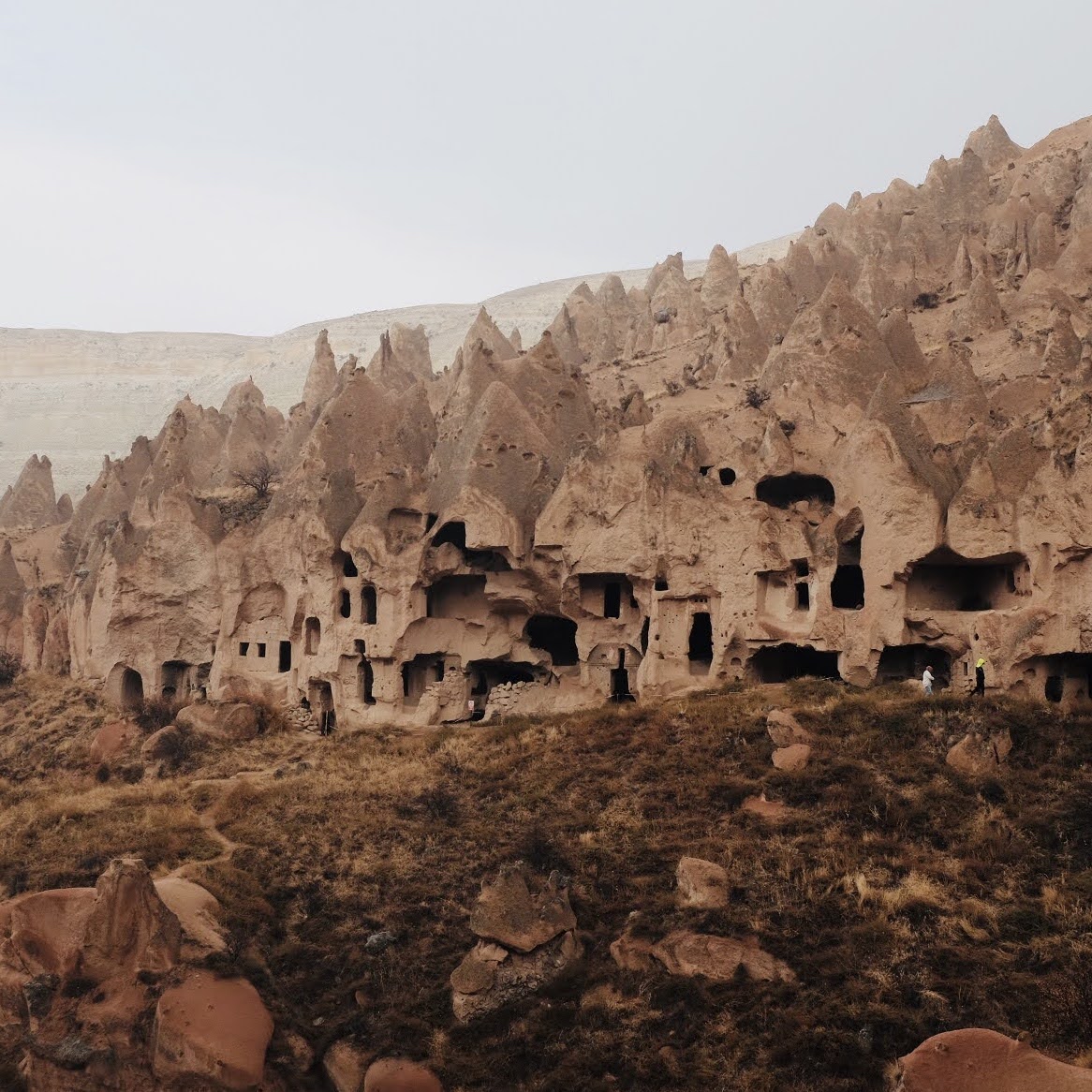🇺🇸 EN
🇹🇷 TR
🇺🇸 EN
Hagia Sophia, which means “Holy Wisdom” in Latin, is a monumental structure that stands as a testament to the rich, layered history of Istanbul. Built in 532 AD by the Byzantine Emperor Justinian I, Hagia Sophia is located near the historical Golden Horn. This basilica was later transformed into a mosque following the Ottoman conquest of Istanbul in 1453, thus becoming a significant symbol for both the Christian and Islamic worlds.
Construction and Architectural Marvel
The construction of Hagia Sophia was a colossal endeavor, with approximately 10,000 workers involved in the project. Directed by the physicist Isidoros from Miletus and Anthemius from Tralles, the building showcases the advanced engineering and architectural skills of the time. Emperor Justinian I invested a considerable fortune into its creation, resulting in what was, at its completion, the largest cathedral in the world.
Historical Transformation
When Fatih Sultan Mehmet conquered Istanbul, Hagia Sophia was converted into a mosque. In accordance with Islamic tradition, the intricate mosaics depicting human figures were carefully covered, as it is forbidden to paint images of humans in Islam. These mosaics, composed of millions of tiny pieces of gold and silver, remain some of the most magnificent artworks in the world, admired for their intricate beauty and historical significance.
A Symbol of Cultural Fusion
Hagia Sophia has witnessed the rise and fall of empires and has served multiple religious communities over the centuries. Initially constructed as a Christian cathedral, it later became an imperial mosque, and in 1935, it was secularized and turned into a museum by the Republic of Turkey. In 2020, it was reconverted into a mosque, reflecting its enduring significance in both historical and contemporary contexts.
Exploring Hagia Sophia Today
Visitors to Hagia Sophia can marvel at its stunning architecture, which includes a massive dome, exquisite mosaics, and intricate calligraphy. The juxtaposition of Christian and Islamic art and architecture provides a unique visual and cultural experience.
- The Dome: An architectural marvel, the dome of Hagia Sophia spans 31 meters in diameter and seems to float above the central nave.
- The Mosaics: Although many mosaics were covered, some have been restored and are visible today, depicting various religious scenes and figures.
- Islamic Calligraphy: Large medallions bearing the names of Allah, the Prophet Muhammad, and other significant Islamic figures adorn the interior, highlighting its Islamic heritage.
Practical Information
- Location: Sultan Ahmet, Ayasofya Meydanı, 34122 Fatih/İstanbul, Turkey
- Visiting Hours: Open daily from 9 AM to 7 PM, but hours can vary, so it’s advisable to check before planning your visit.
- Admission: Entry is free for worshippers during prayer times, but a fee is charged for tourists during other hours.
You May Also Like
- Topkapi Palace: The opulent residence of Ottoman sultans, showcasing imperial collections and offering stunning views of the Bosphorus.
- Blue Mosque (Sultan Ahmed Mosque): Located near Hagia Sophia, renowned for its beautiful blue tiles and grand architecture.
- Basilica Cistern: An ancient underground water reservoir with impressive columns and a unique atmosphere.
- Grand Bazaar: One of the largest and oldest covered markets in the world, offering a vibrant shopping experience.
🇹🇷 TR
İmparatorun İmzası: Ayasofya
Ayasofya, Latince’de “Kutsal Bilgelik” anlamına gelir ve İstanbul’un zengin, katmanlı tarihinin bir anıtıdır. 532 yılında Bizans İmparatoru I. Justinianus tarafından inşa edilen Ayasofya, tarihi Haliç yakınında yer almaktadır. Bu bazilika, 1453 yılında Osmanlıların İstanbul’u fethetmesinin ardından camiye dönüştürülmüş ve hem Hristiyan hem de İslam dünyası için önemli bir sembol haline gelmiştir.
İnşaat ve Mimari Mucize
Ayasofya’nın inşaatı büyük bir girişimdi ve projede yaklaşık 10.000 işçi yer aldı. Miletli fizikçi İsidoros ve Trallesli Anthemius tarafından yönetilen yapı, dönemin ileri mühendislik ve mimari becerilerini sergilemektedir. İmparator Justinianus, yapının inşasına büyük bir servet yatırmış ve sonuçta tamamlandığında dünyanın en büyük katedrali olmuştur.
Tarihi Dönüşüm
Fatih Sultan Mehmet İstanbul’u fethettiğinde, Ayasofya camiye dönüştürülmüştür. İslam geleneğine uygun olarak, insan figürlerini tasvir eden mozaikler dikkatlice kapatılmıştır, çünkü İslam’da insan resmi çizmek yasaktır. Milyonlarca küçük altın ve gümüş parçadan oluşan bu mozaikler, dünyadaki en muhteşem sanat eserlerinden bazıları olarak kabul edilmektedir ve ince işçilikleri ve tarihi önemiyle hayranlık uyandırmaktadır.
Kültürel Kaynaşmanın Sembolü
Ayasofya, yüzyıllar boyunca imparatorlukların yükselişine ve düşüşüne tanıklık etmiş ve birçok dini topluluğa hizmet etmiştir. Başlangıçta bir Hristiyan katedrali olarak inşa edilen yapı, daha sonra imparatorluk camisi haline gelmiş ve 1935’te Türkiye Cumhuriyeti tarafından müzeye dönüştürülmüştür. 2020’de tekrar cami olarak kullanılmaya başlanmıştır, bu da hem tarihi hem de çağdaş bağlamlardaki sürekli önemini yansıtmaktadır.
Günümüzde Ayasofya’yı Keşfetmek
Ayasofya’yı ziyaret edenler, devasa kubbesi, muhteşem mozaikleri ve zarif hat sanatlarıyla dikkat çeken mimarisine hayran kalabilirler. Hristiyan ve İslam sanat ve mimarisinin yan yana gelmesi, benzersiz bir görsel ve kültürel deneyim sunar.
- Kubbe: 31 metre çapında olan kubbe, merkezi nefin üzerinde süzülüyormuş gibi görünen bir mimari mucizedir.
- Mozaikler: Birçok mozaik kapatılmış olsa da, bazıları restore edilmiş ve bugün görülebilir, çeşitli dini sahneler ve figürler tasvir eder.
- İslami Hat Sanatı: İç mekânı süsleyen, Allah, Peygamber Muhammed ve diğer önemli İslami figürlerin isimlerini taşıyan büyük madalyonlar, yapının İslami mirasını vurgular.
Pratik Bilgiler
- Konum: Sultan Ahmet, Ayasofya Meydanı, 34122 Fatih/İstanbul, Türkiye
- Ziyaret Saatleri: Günlük olarak sabah 9’dan akşam 7’ye kadar açıktır, ancak saatler değişebilir, bu yüzden ziyaret planlamadan önce kontrol etmekte fayda var.
- Giriş Ücreti: Namaz vakitlerinde ibadet edenler için giriş ücretsizdir, ancak diğer saatlerde turistler için ücret alınmaktadır.
Bunlar da İlginizi Çekebilir / You May Also Like
- Topkapı Sarayı: Osmanlı sultanlarının ihtişamlı konutu, imparatorluk koleksiyonlarını sergileyen ve Boğaz’ın muhteşem manzaralarını sunan bir yerdir.
- Sultanahmet Camii (Mavi Camii): Ayasofya’nın yakınında bulunan, güzel mavi çinileri ve muhteşem mimarisiyle ünlü bir camidir.
- Yerebatan Sarnıcı: Etkileyici sütunları ve eşsiz atmosferiyle antik bir yeraltı su deposu.
- Kapalıçarşı: Dünyanın en büyük ve en eski kapalı çarşılarından biri, canlı bir alışveriş deneyimi sunar.






